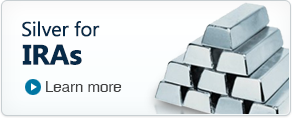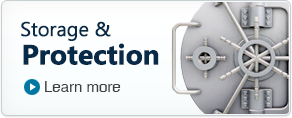When we refer to “silver bars“, we typically are addressing bullion bars of .999 silver fineness and rectangular shape that are valued primarily for their silver content. However, there are other types of bars that are valued and appear differently, so we decided to create this section of our website to educate our visitors on the various forms of silver bars out there today.
Bullion Bars
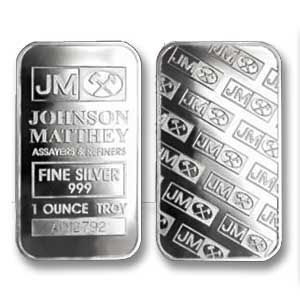 The most common form of silver bars is the “bullion bar“, which is a simple rectangular or triangular shaped piece of metal which receives nearly all of its value from the silver content in the piece. Bullion bars typically are composed of .995+ purity silver, and are commonly produced in 1 oz, 5 oz, 10 oz, 1kilo, and 100 oz sizes (all measured in troy ounces).
The most common form of silver bars is the “bullion bar“, which is a simple rectangular or triangular shaped piece of metal which receives nearly all of its value from the silver content in the piece. Bullion bars typically are composed of .995+ purity silver, and are commonly produced in 1 oz, 5 oz, 10 oz, 1kilo, and 100 oz sizes (all measured in troy ounces).
Most bullion bars sell at or slightly above the spot price of silver, and can be resold at or slightly under the spot price of silver (we’re talking a few dollars maximum either way). Certain brands, like Engelhard or Johnson Matthey, typically command slightly higher premiums over spot than other lesser known brands, but even Engelhards and JMs are typically only a few bucks over the spot price of silver per ounce.
New vs. Secondhand Bullion
Most dealers offer a combination of brand new silver bars, which are sourced directly from mints/wholesale trade desks and are still sealed in their original plastic, and secondhand silver bars, which are previously circulated bars that are in varied condition.
Although most customers prefer the shine of a new bar, the best deal to be had on bullion bars is to buy either secondhand or generic silver bars, meaning that they have been previously owned or are from various mints/companies and therefore are valued almost exclusively for their silver content. This will let you get as close to spot price as possible when purchasing silver bars.
Some customers worry about the authenticity of secondhand bars, but any reputable dealer is weighing and inspecting each bar they buy from the public, so in reality, if you are buying from a well known retailer, authenticity is of little concern. Learn more about new vs. secondhand bars.
Shapes of Bullion
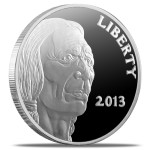 Silver bullion is commonly offered in bar, triangle, and round form. In reality, all of these shapes are worth exactly the same and contain the exact same amount of silver, but some investors prefer certain shapes for storage and handling advantages. Bars and ingots can be easily stacked, especially if they are all of the same brand/size, and rounds typically ship in tubes, making storage a cinch.
Silver bullion is commonly offered in bar, triangle, and round form. In reality, all of these shapes are worth exactly the same and contain the exact same amount of silver, but some investors prefer certain shapes for storage and handling advantages. Bars and ingots can be easily stacked, especially if they are all of the same brand/size, and rounds typically ship in tubes, making storage a cinch.
We don’t advocate any specific shape of bullion – it is entirely your preference.
Art Bars
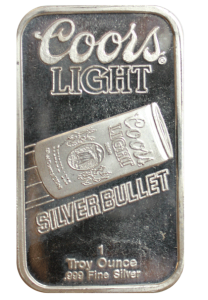 Another form of silver bar available for purchase is the “art bar“. Art bars are silver bars with fancy visual depictions and images, which make them collectibles which trade at a much higher premium over spot price than typical bullion bars.
Another form of silver bar available for purchase is the “art bar“. Art bars are silver bars with fancy visual depictions and images, which make them collectibles which trade at a much higher premium over spot price than typical bullion bars.
We do not advocate buying art bars, as we view silver bars as an investment vehicle, and by paying an extra premium for the graphics on the bar, you are wasting dollars that could be allocated to accumulating more metal. Also, any premium you pay for an art bar is unlikely to be recouped in the resale market, as opposed to a premium you might pay for an Engelhard or JM brand bullion bar, which is typically recouped.
Non-Physical Investments
Besides buying and holding physical silver bars, there are several other ways to gain exposure to silver price movements. Silver ETFs, silver accounts, silver certificates, and mining stocks are several other methods for gaining silver exposure without holding physical bars. We go over all of this in our physical vs. paper silver article.


